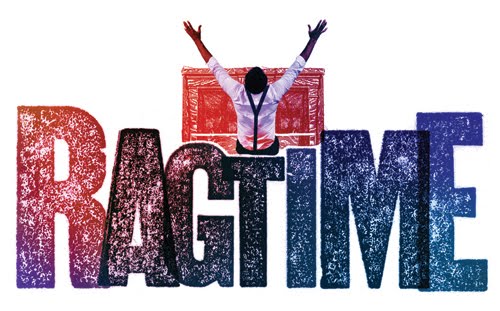
It is not true. Coalhouse is not Kohlhaas. And never will be, as Doctorow is not Heinrich von Kleist. Still, the most complex character of Ragtime, by his name, deeds and fate resembles Kleist’s hero, Michael Kohlhaas. This is why I am going to explore the equivocal relation between them.
Coalhouse is a name no author would use unintentionally; especially not Doctorow is his famous Ragtime. The reader might interpret Coalhouse as a reference to the black skin of the character, or as an allusion to the industrialized (coal-based) empire which the poor man is “housed” in, or as a caricature of Michael Kohlhaas, Kleist’s tragic figure drawn from the rebellious medieval merchant Hans Kohlhase. I found this issue rather disregarded and worth analyzing.
Literary criticism mainly focuses on how history is narrated in the novel. Some consider it an ironic reinterpretation of what Jan Assman calls Cultural Memory, for instance Barbara Foley in Forms of Historical Consciousness in Modern Fiction, others approach the novel through the moral obligation of a narrator-historiographer, as Emily Miller Budick does in her E.L. Doctorow’s Ragtime and the Moral Fiction of History and yet others perceive this meta-narrative as an autobiographical story-telling (Marshall Bruce’s Gentry on Ragtime as Auto Biography). The reviewer of The New York Times considers this book a very elaborate sketch of 20th century American society, including all its little problems, peculiarities and successes hidden in historical surveys.
However, criticism does not analyze any one character. Although the plot consists of a bunch of micro-narratives, critics treat it as a meta-narrative, with focus on the whole. I believe that analyzing the micro-narratives is the key to fully understanding Doctorow’s narrative technique, which, I agree, is the essence of the novel.
I have chosen the discourse of Coalhouse Walker, whom I perceive as a racialized derivate of Kohlhaas from Kleist’s work. I have found only one critique that deals specifically with this issue, E.L. Doctorow, Kleist, and the Ascendancy of Things by Peter F. Neumeyer, who interprets Coalhouse as a satirical, fallen hero: pathetic and less than Kohlhaas in every respect.
I argue against Neumeyer’s view, by stating that only the context is changed, not the emotions involved (Coalhouse-Kohlhaas) nor the lack of them (the power-apparatus). Using Emanuel Lusca’s work, Race as a social construct I will prove racism to be the ideology that both empedes and motivates Coalhouse in his quest, unlike Kohlhaas, who fights against the discriminative feudal system. Apart from this, Kohlhaas is the central character of a work, but not superior to Coalhouse in importance, as Neumeyer suggests. Coalhouse has a different role and purpose in a different novel of a different author – which is only natural.
So, when reading Doctorow’s Ragtime, keep in mind: Coalhouse is Coalhouse und Kohlhaas ist Kohlhaas. Coalhouse might be a derived from Kohlhaas, but is an individual character, and integral part of a very original work, not a replica.
Source: http://schoolworkhelper.net/

